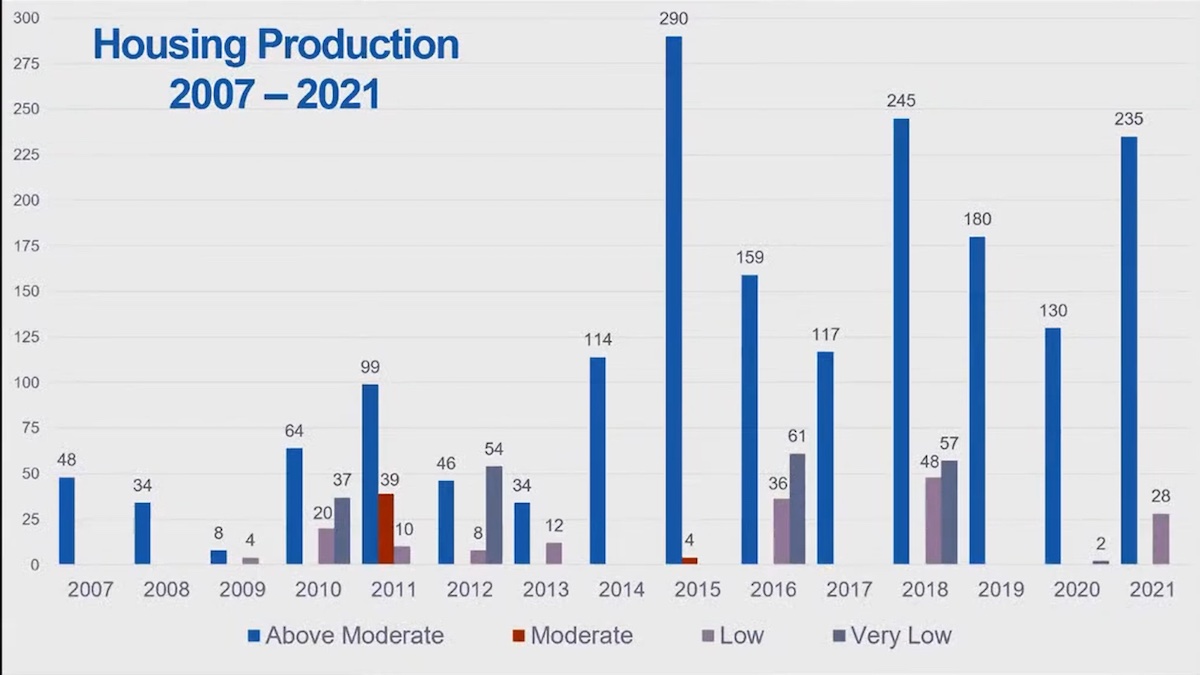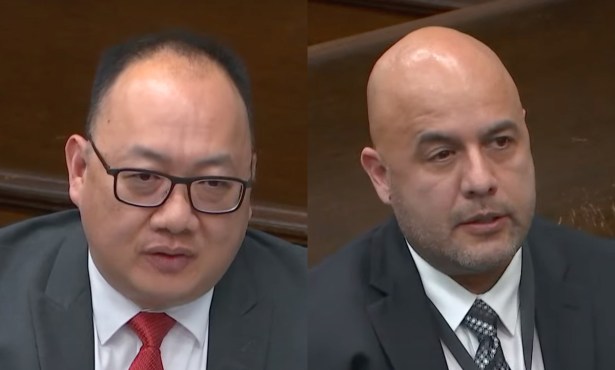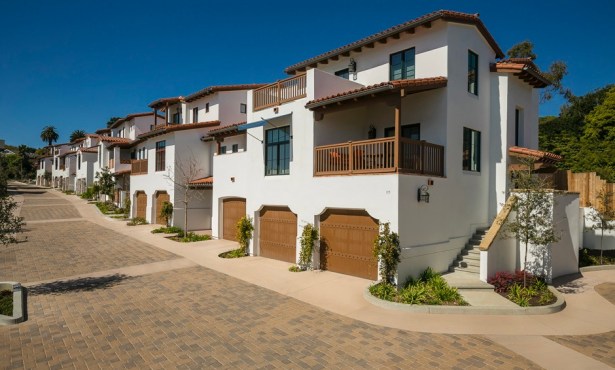Santa Barbara City Leaders Tackle Housing Issues at Joint Meeting
Planning Commission and City Council Work Toward Meeting 8,001-Unit Housing Goal

Santa Barbara Planning Commission and City Council joined forces to tackle one of the city’s leading issues during a joint session last Thursday, working toward meeting the 8,001-unit housing goal by 2031.
After three hours of diving deep “in the weeds,” as Mayor Randy Rowse described it, the city leaders decided to continue the discussion at the May 17 council meeting to allow city staff to research some of the issues brought forward during the session.
The city is currently at the tail end of the fifth housing element cycle, which is a state initiative that “requires all cities and counties to have a plan for how they will meet the housing needs of everyone in the community,” according to Associate City Planner Renee Brooke, who provided a report with the seven stated goals for the next cycle from 2023-2031.
The target of 8,001 units — 3,534 of which must be affordable to low- and very-low-income households — may prove a tall task for Santa Barbara; it has yet to meet the previous target of 4,100 total units, with 1,663 designated for low- and very-low-income families. As of December 2021, only 232 affordable units have received building permits, leaving a total of 1,431 affordable units that would need to be permitted to meet the allocation.
“[We’re] still far off the mark of actually producing the 4,100 that the community actually needed,” Brooke said. Of the nearly 700 units still pending city approval, almost all are considered at or above market rate, while there are 17 low-income units.
The seven housing element goals would address this disparity and direct the city’s policies and programs to create new housing, prioritize affordable housing, provide housing assistance, and work with the community to come up with creative solutions for the housing crisis.
Rob Fredericks, executive director of the city Housing Authority, said it was essential to have a “dedicated local funding source for affordable housing if we’re gonna have any positive impact on meeting our goals.”
Sign up for Indy Today to receive fresh news from Independent.com, in your inbox, every morning.
The Housing Authority currently operates 1,411 apartments for low-income workers, seniors, and “special needs residents,” he said, including a waitlist of nearly 4,000 people that could have to wait up to six years. In the past year, the program was only able to house 94 out of the 1,729 applications received.
“When people come to our door, they need assistance now, not in four to six years,” he said, “so it’s really tough for our agency.”
According to the Housing Authority, the city is projected to only meet 44 percent of the current target goal by the end of this year. Even more illuminating, he said, was the distribution of the production from 2015 to 2021; the city is anticipated to reach 95.8 percent of its goal in “above moderate income” housing by the end of the year, but 0.6 percent of its moderate-income target and 14.3 percent of its target in low-income housing. “We’re really failing with the low, very low, and moderate income,” he said.
Fredericks suggested the city explore alternative funding sources like the Transient Occupancy Tax that made a roaring comeback post-COVID. Without any changes, he said, the city may only achieve a projected 22 percent of the 8,001-unit allocation. “Those are pretty dire numbers,” he said.
Planning Commission Chair Gabe Escobedo said that in addition to working with regional partners, city officials could lobby state officials for more money toward affordable housing, as has been the case in the past. “We need to identify as many sources for funding as possible,” he said, “if we really want people that work here and live here to be housed here.”
The City Council recently passed an amendment that would streamline the review process for projects with pre-existing violations, and several city leaders have encouraged a quicker and more efficient flow for housing development. The council also created a dedicated Housing Crisis Task Force to work with the community directly to address the rising rents and lack of available housing.
The item was continued to May 17, when the council will deliberate some of the proposed goal changes, and work on finalizing a draft before August. A final draft would need to be submitted to the California Department of Housing and Community Development before February 2023.
Support the Santa Barbara Independent through a long-term or a single contribution.



